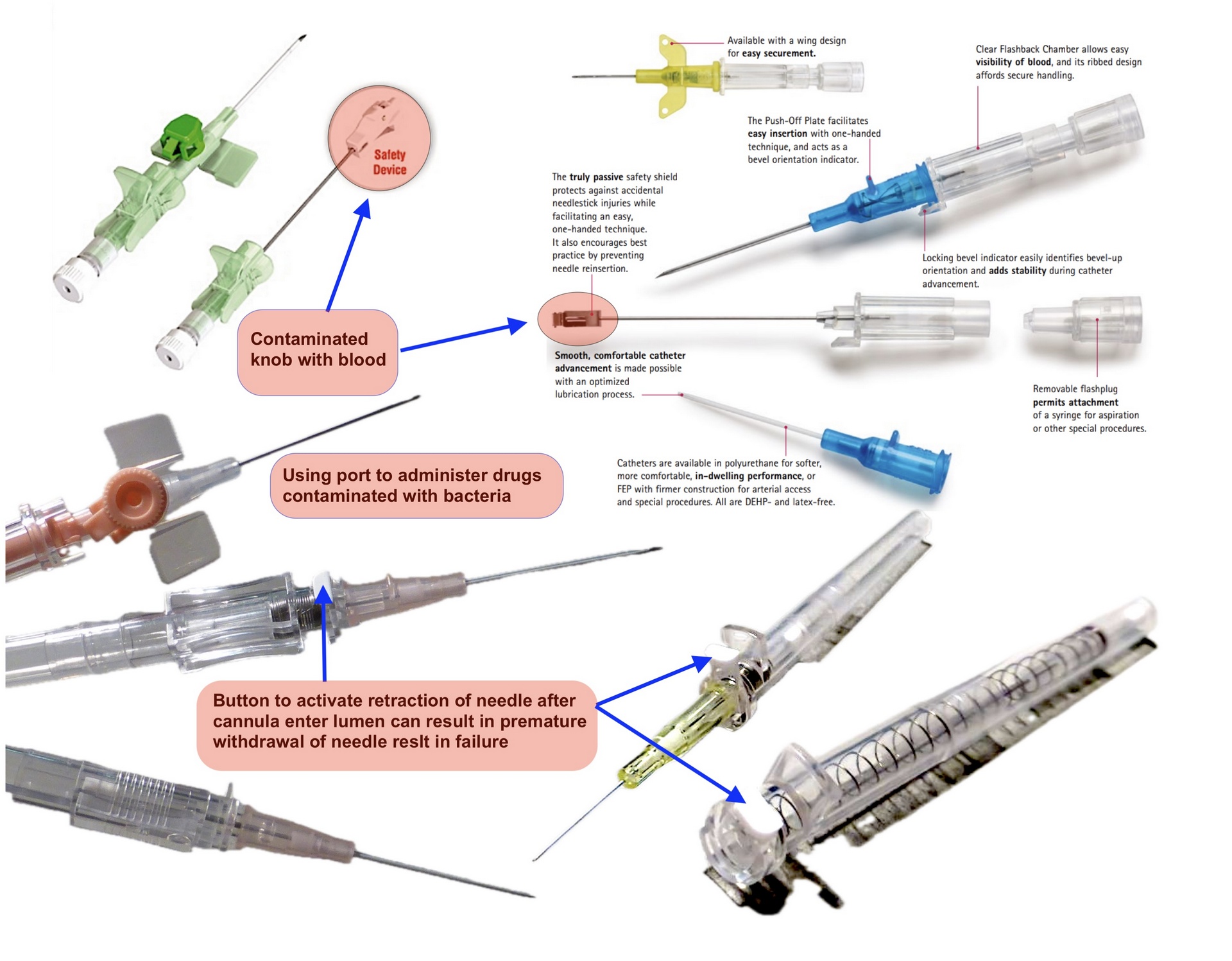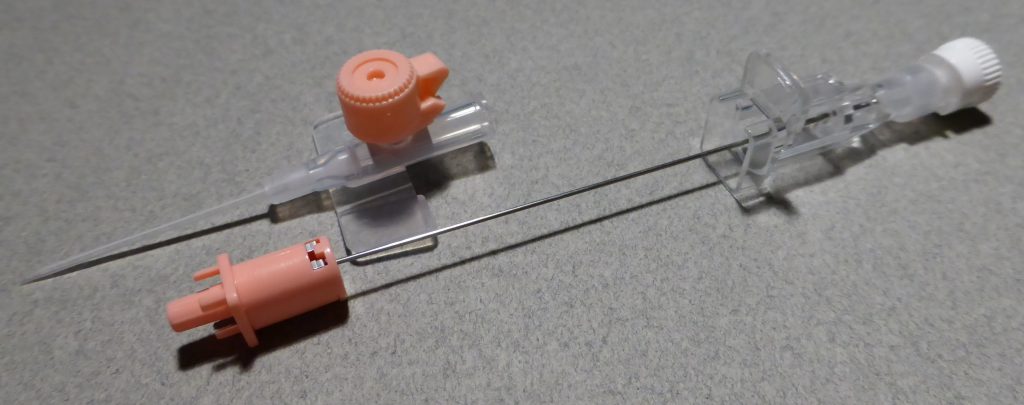Needlestick Protection in Cannulation: Why Venaican Is the Safer, Smarter Choice
Introduction
Needlestick injuries remain one of the most common and dangerous occupational hazards for healthcare professionals. Blood-contaminated needles can transmit deadly infections such as HIV, Hepatitis B, and Hepatitis C. Despite safety mechanisms in conventional cannulas, failures in design and usage still leave room for accidental injuries. Venaican, a spring-loaded cannula with manual needle extraction, offers a safer alternative by changing how we perform cannulation.
How Venaican Prevents Needlestick Injuries
1. Traditional Risk: Accidental Needle Exposure
- In standard cannulas, the needle must be manually withdrawn once the cannula is inserted.
- During this process, the exposed contaminated needle tip with blood is exposed and often discarded can spread infections to the operator’s fingers.
- In many cases, the needle is extracted too early by accidentally pressing the button on top or due to jerky movement risking premature needle extraction result in failures.
2. Venaican: Cannula Advancement Is Automatic but not retraction but Not the Needle extraction.
- Venaican uses a spring-assisted mechanism to gently advance the plastic cannula over the needle tip into the vein.
- The needle itself stays stationary during insertion, reducing movement and resistance.
- This ensures accurate, controlled cannulation without needing to adjust the needle position repeatedly.
3. Safer Cannulation: Cannula Reaches Lumen Without Manipulation
- Unlike traditional cannulas, where the clinician often adjusts the angle to find the vein, Venaican allows a straight approach.
- Once the tip is in the vein, the cannula slides smoothly due to skin elasticity and spring support.
- No pushing or pulling on the needle tip means no micro-movements that lead to skin tears or vein trauma.
4. Manual Retraction: Controlled Needle Extraction Prevents Accidents
- After the cannula is successfully placed in the vein, the user presses a button or knob attached to the blood chamber to retract the needle into the device’s body manually.
- This is not spring-loaded, meaning you always control when and how the needle along with the blood chamber is retracted.
- Once inside the chamber, the needle is locked away, permanently isolated from contact and reuse.
5. No Exposed Metal Clip, No Cross-Contamination
- Traditional designs often store the needle in a clip or chamber, which can retain residual blood, leading to contamination or accidental reuse.
- Venaican’s design ensures the blood collection chamber and needle are sealed off safely.
- The entire unit is disposable and safe to discard without exposure to the user or environment.
6. Efficiency Meets Safety
- The ergonomic design and lack of need for angle correction or multiple attempts significantly reduce procedure time.
- Nurses and doctors can confidently cannulate with minimal patient discomfort and zero fear of a needlestick injury.
- With Venaican, safety is built into every step, from insertion to disposal.
Conclusion
Venaican transforms cannulation from a risky, manual task into a safe, streamlined process. By separating cannula advancement from needle withdrawal and eliminating exposed needle risks, it redefines what safe cannulation looks like. In an age where protecting healthcare professionals is as important as patient care, Venaican is not just an innovation — it’s a necessity.


